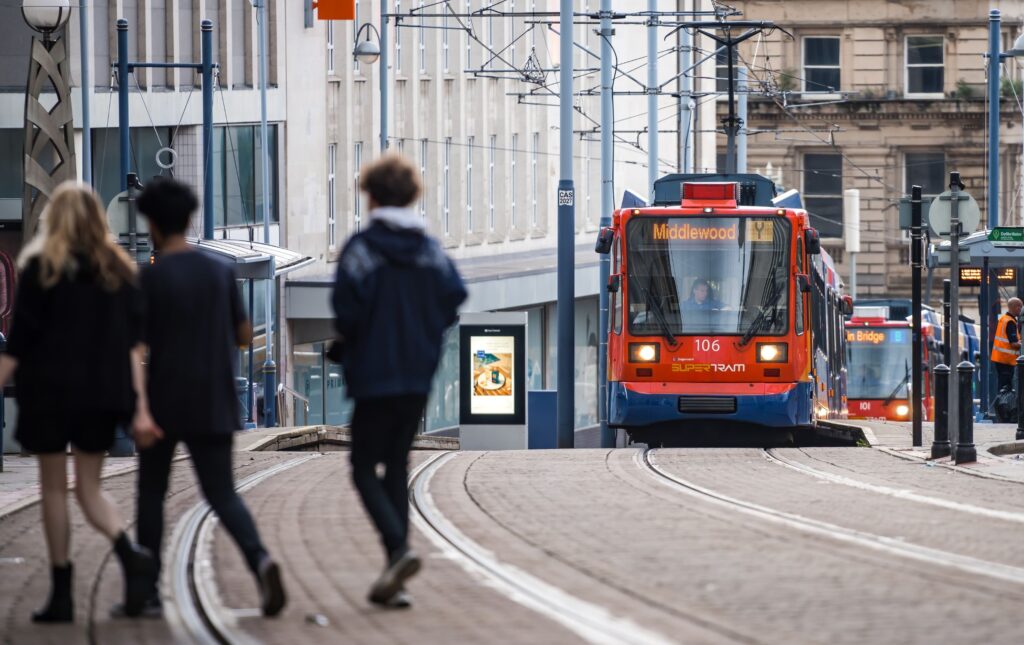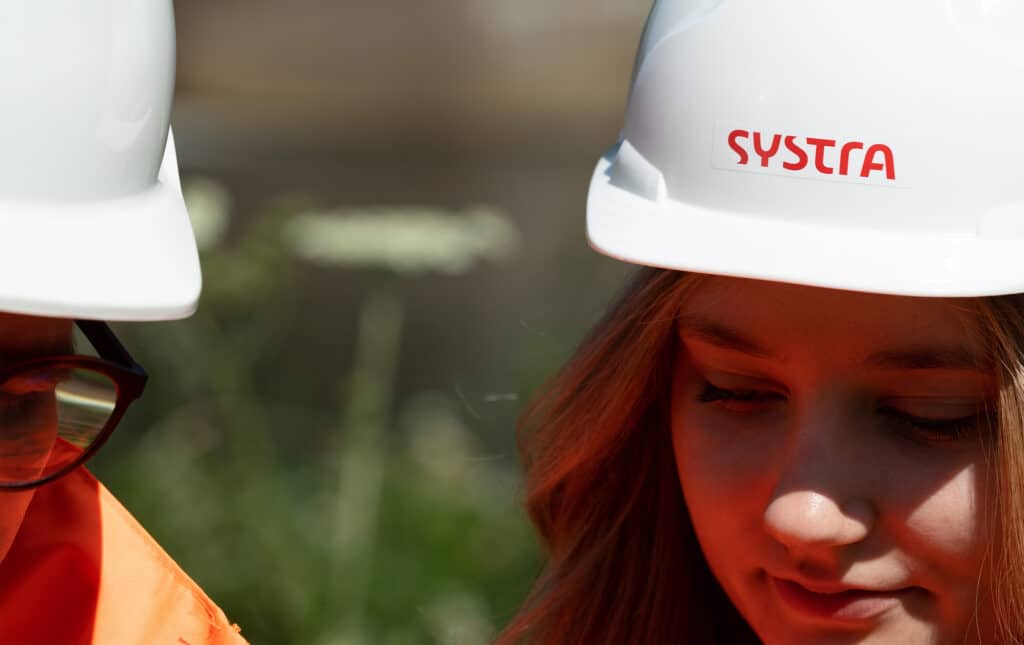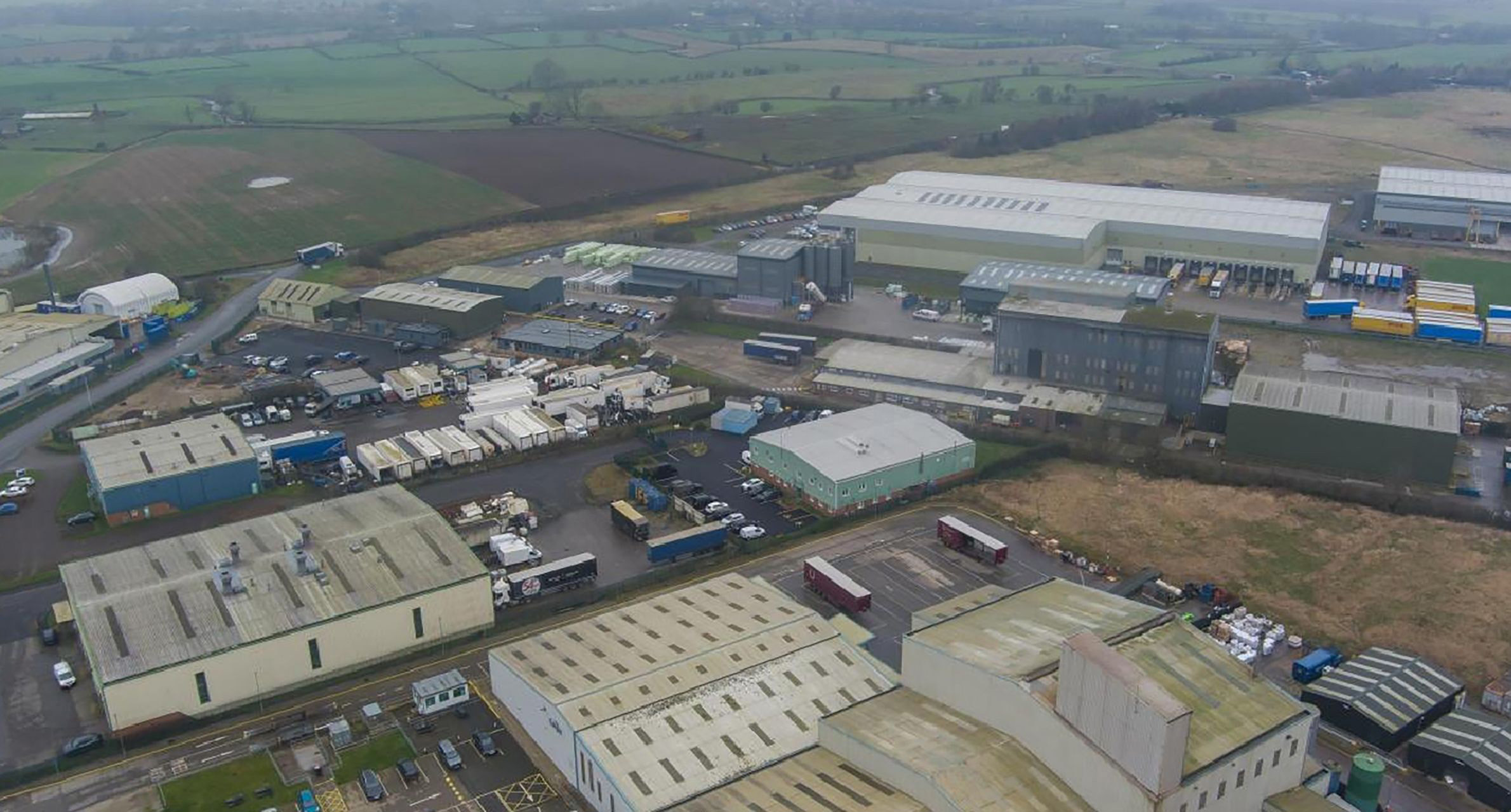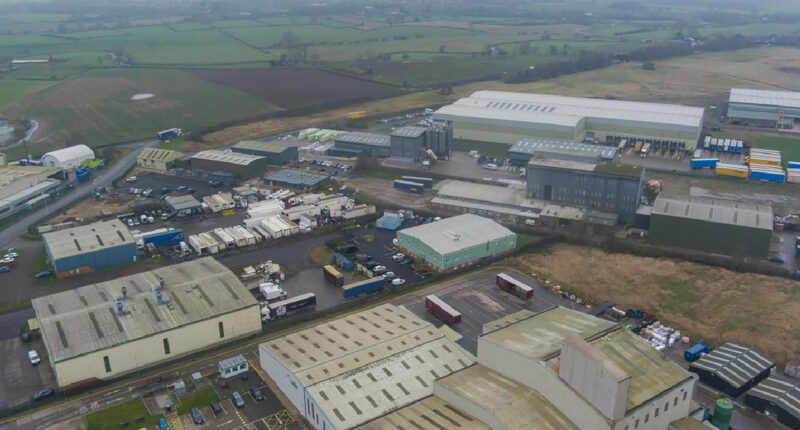Cutting transport emissions to meet UK decarbonisation targets
Industrial decarbonisation is critical to achieving the UK government’s ambitious goal of reaching net zero greenhouse gas (GHG) emissions by 2050. Areas with high concentrations of industrial estates are responsible for significant annual CO2 emissions. In its Plan for UK Industrial Cluster Decarbonisation, the government has outlined a roadmap for reducing emissions within these clusters.
As part of this decarbonisation effort, Dalton Industrial Estate in North Yorkshire received funding from Innovate UK to explore the feasibility of decarbonising emissions generated by its heating and lighting, industrial processes, waste disposal and transport.
SYSTRA was commissioned by Severfield PLC to develop the transport-related component of Dalton’s decarbonisation strategy, with the aim of developing a route to net zero emissions by 2040.
Net-zero roadmap for estate-wide transport emissions
SYSTRA developed a transport decarbonisation strategy for Dalton Industrial Estate, liaising closely with businesses on the site and with consultants working on reducing emissions from energy, heating and waste.
To support the transport strategy, we developed of a custom-built emissions calculation and forecasting tool, which was used to establish a baseline of transport emissions for the entire industrial estate. We used this baseline to inform our recommendations for immediate interventions and longer-term measures to cut transport emissions. Our measures and recommendations were specific to Dalton’s participating businesses, but scalable across the estate.
These measures included switching to biofuels, introducing low-emission vehicle technologies and improving fuel efficiency, as well as using travel demand management to reduce emissions from commuting and business travel. Our specialists also developed a carbon-offsetting strategy to help businesses robustly and cost-effectively offset their residual emissions.
The transport decarbonisation strategy was underpinned by a number of innovations developed specifically for Dalton Industrial Estate. These included customised software for our baseline and forecasting tool, which enables scenario testing by individual businesses and across the whole estate. To de-risk the interventions and demonstrate their feasibility, we showcased real-world pilot schemes, including trials of HVO (Hydrotreated Vegetable Oil) biofuel in Scarborough and telemetry programmes by BT, Nestlé and Unilever. We also collaborated with cross-sector consultants working on decarbonisation to ensure all measures for the estate worked in harmony to achieve the ultimate net-zero objective.
Consultation and modelling deliver workable decarbonisation solutions
Our scope of services included strategic consulting, emissions quantification, intervention feasibility studies, stakeholder engagement, carbon offsetting advice, modelling tools and user guidance.
We applied a phased, evidence-based approach to the project, structured into four key work package
Phase 1: Emissions baselining and forecasting
To gather transport activity data, such as distance, fuel use and tonnes moved, we worked with five major businesses on the estate. This primary data was underpinned by detailed surveys and existing reports. We compiled secondary data using UK Government greenhouse gas conversion factors, National Atmospheric Emissions Inventory data, and proprietary SYSTRA fleet and carbon modelling.
CO2 emissions were calculated using rigorous, UK-standard methodologies. We established baseline data for all primary sources of emissions, including commuting, business travel, supply and distribution, visitors and on-site activity. We then used our custom-built emissions calculation and forecasting tool to project future emissions for different intervention scenarios.
Phase 2: Quick wins identification
Our analysis identified a number of quick wins that could be implemented swiftly to reduce emissions from transport. These included switching to HVO biofuel for all diesel fleets, which could deliver significant lifecycle emission savings of up to 89%.
We advised on improving driving efficiency through evidence-based driver training and telemetry programmes. We estimated these could reduce HGV fuel use by more than 10%. We also recommended a commuter demand management programme. This would involve introducing policies and operational interventions to encourage people to use minibuses, car share or switch to electric vehicles (EV), which together could reduce commuting emissions by up to 11%.
Phase 3: Shared on-site opportunities
By collaborating with other consultants working on the estate to reduce emissions, we identified long-term opportunities for shared interventions to benefit all businesses on the site. These included introducing EV charging and future hydrogen infrastructure on the estate. We engaged with the electricity distribution company, Northern Powergrid, to overcome constraints and open the door to site-wide electrification for vehicle charging.
Phase 4: Carbon offsetting
Finally, to tackle any residual emissions that could not be eliminated by other means, we developed a comprehensive carbon offsetting strategy for the estate. We created a centralised framework to guide local investment in offsetting schemes for these emissions, backed by science-based targets. The fully costed plan will see around 5.1 ktCO2e of residual emissions offset between 2030 and 2040, before all transport emissions are phased out by 2040.
Estate on course for net zero transport emissions by 2040
Dalton Industrial Estate businesses now have a comprehensive inventory of transport-related emissions, enabling them to make informed decisions about emission reductions and to accurately measure progress towards net zero.
The quick wins identified are backed by scientifically modelled emission savings, and are based on feasible interventions that can be implemented immediately. For example, Severfield, a major business on the site, could reduce transport CO2 emissions by 67% if all recommendations were adopted. The emissions forecasting tool we developed, and the accompanying training manual, empowers Dalton businesses to continue tracking and reducing greenhouse gas emissions into the future.
The decarbonisation strategy has widespread stakeholder buy-in, with high engagement levels and a real willingness to try innovative solutions, such as HVO adoption, EV charging and telemetry programmes. We helped to overcome scepticism about new fuels and commuter controls through collaborative workshops, case studies and detailed modelling. We brought business leaders together with the electricity distribution company to resolve grid capacity issues and enable EV charging infrastructure to be progressed.
Our strategic decarbonisation roadmap sets out a clear pathway to net zero by 2040, including the transition points, investment requirements and offsetting contingency measures. By guiding estate-wide continuous emissions reduction, the strategy will help to enhance Dalton Industrial Estate’s appeal to businesses and ensure it delivers on the UK’s industrial decarbonisation plans.
How can our experts help?

Our Markets
Read more sur Our Markets
Our Services
Read more sur Our Services
- markets
EV Charging Infrastructure
Read more sur EV Charging Infrastructure
- services
Transport Decarbonisation
Read more sur Transport Decarbonisation
- services


 Australia
Australia  Brazil
Brazil  Canada
Canada  Chile
Chile  China
China  Columbia
Columbia  Denmark
Denmark  Egypt
Egypt  France
France  India
India  Indonesia
Indonesia  Ireland
Ireland  Italy
Italy  Malaysia
Malaysia  New Zealand
New Zealand  Norway
Norway  Panama
Panama  Peru
Peru  Poland
Poland  Portugal
Portugal  Saudi Arabia
Saudi Arabia  Singapore
Singapore  South Korea
South Korea  Spain
Spain  Sweden
Sweden  Taiwan
Taiwan  Thailand
Thailand  Türkiye
Türkiye  United States
United States  Vietnam
Vietnam